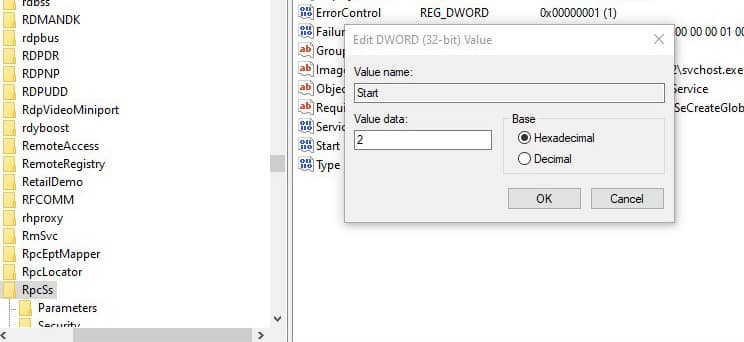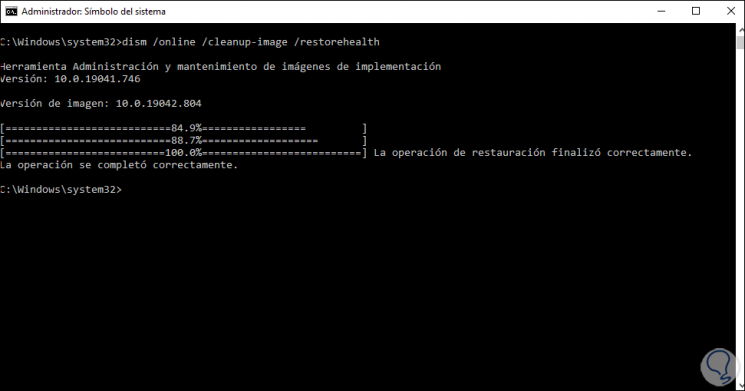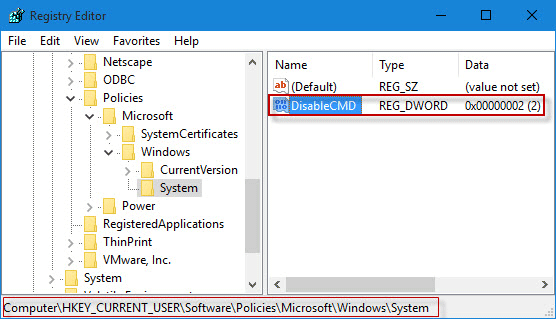

Windows provides several tools that administrators can use to restore the Registry to a reliable state, including System File Checker, ChkDsk, System Restore, and Driver Rollback. Sometimes, it is difficult to find the cause of registry corruption. Most likely, the corruption is introduced when the computer is shut down, and you cannot track the cause because the computer is unloading processes and drivers during shutdown. There are many reasons why a registry hive may be corrupted.

Saves a copy of specified subkeys, entries, and values of the registry in a specified file. Writes saved subkeys and entries back to the registry. Returns a list of the next tier of subkeys and entries that are located under a specified subkey in the registry. Writes saved subkeys and entries into a different subkey in the registry. Syntax reg addĪdds a new subkey or entry to the registry.Ĭompares specified registry subkeys or entries.Ĭopies a registry entry to a specified location on the local or remote computer.ĭeletes a subkey or entries from the registry.Ĭopies the specified subkeys, entries, and values of the local computer into a file for transfer to other servers.Ĭopies the contents of a file that contains exported registry subkeys, entries, and values into the registry of the local computer. If you must edit the registry directly, back it up first. You can safely alter most registry settings by using the programs in Control Panel or Microsoft Management Console (MMC).

The registry editor bypasses standard safeguards, allowing settings that can degrade performance, damage your system, or even require you to reinstall Windows.

Don't edit the registry directly unless you have no alternative.


 0 kommentar(er)
0 kommentar(er)
